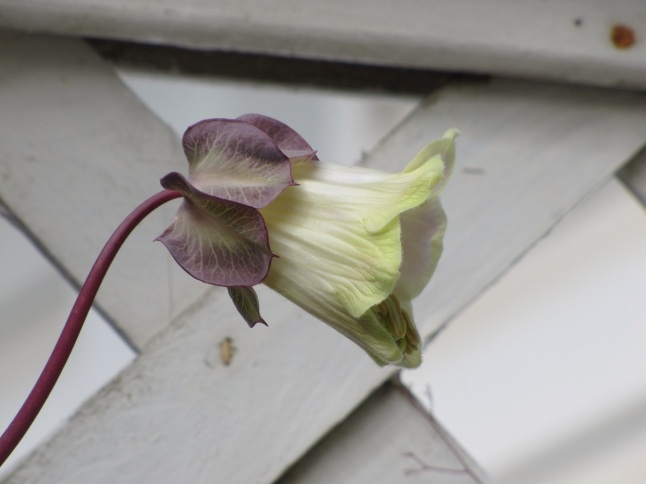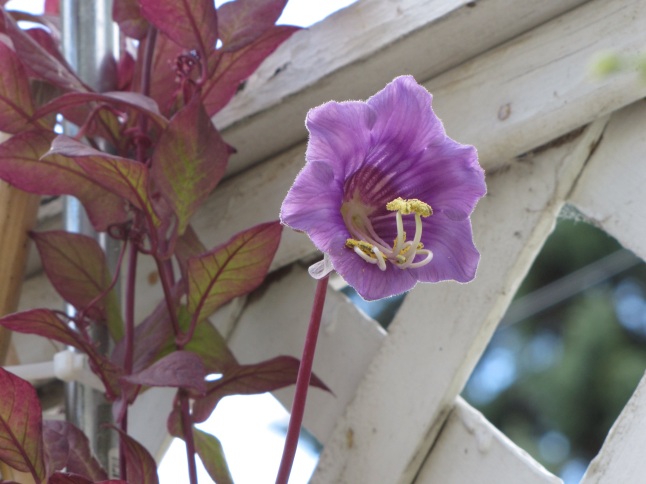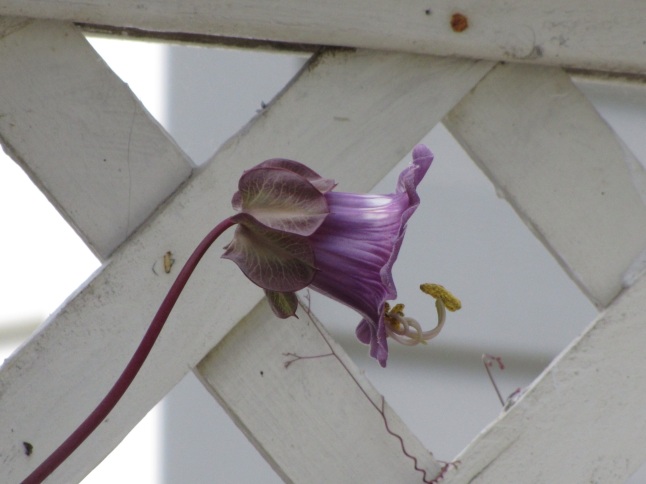There is no way that you can compare gardening in a full size zone 3 yard and gardening on a balcony in zone 8. In Edmonton I had a 60 x 120 foot lot and I took advantage of most of the property for my hobby. By the time I sold my house I had seven composters, several raised beds for vegetables and I’d converted half the front lawn to garden. Much to my (late) mother’s chagrin I even grew corn in my front yard.
I had gogi berries, raspberries and haskap (honey berries). I ate Carmine Jewel cherries from my tree in the backyard while waiting for dozens of tomato plants to produce their yearly bounty of juicy plum tomatoes for canning. I’ve grown tomatillos for salsa verde, I’ve had a spaghetti squash plant produce so many squash that I had to take them to the food bank, and I’ve eaten carefully stored carrots and potatoes well in to January.
Those days are over but not forgotten.
A balcony can support all sorts of plants, including fruit and veggies. Breeding has produced a bounty of fauna that is satisfied with life in a container, although container living means much more attention to their care.
Container plants need a good quality soil that retains moisture. They need regular watering and fertilizing – everything they need will have to be provided at regular intervals. Two hot days in a row with a moderate wind and balcony plants can be baked in situ.
My balcony is east-facing so it gets a strong morning sun which abates at around 11 am and by 4 pm it becomes a cool place to sit and enjoy the sound of birds and a gentle breeze. So far all of my herbs and flowers are doing spectacularly and I’ve potted two tomatoes, a Hungarian pepper and a cucumber. I’ve got two different climbers – a black-eyed susan vine and a specially bred clematis which is going like crazy (I’ll blog about that another day).
So although I can’t garden on the same scale as I have in the past, I can still enjoy my hobby. And hopefully I can enjoy some fresh tomatoes in a couple of months.




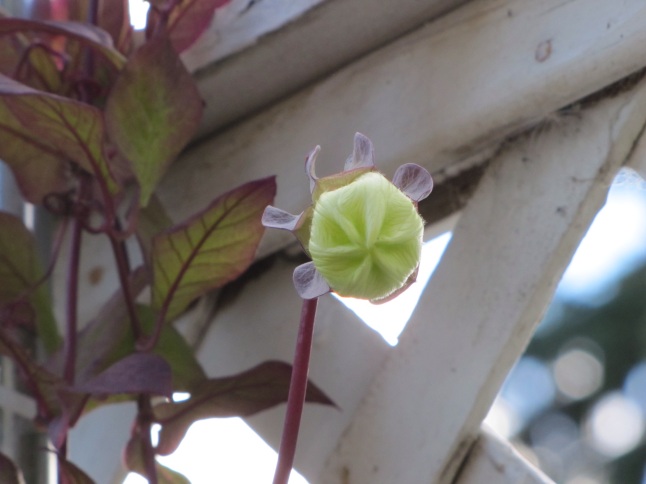
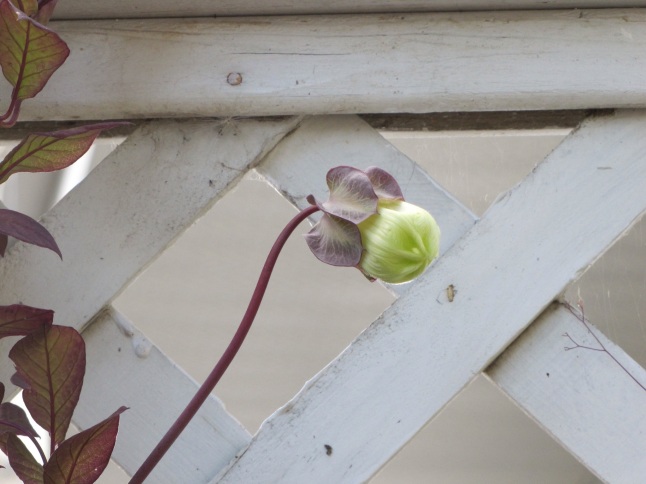 </
</
